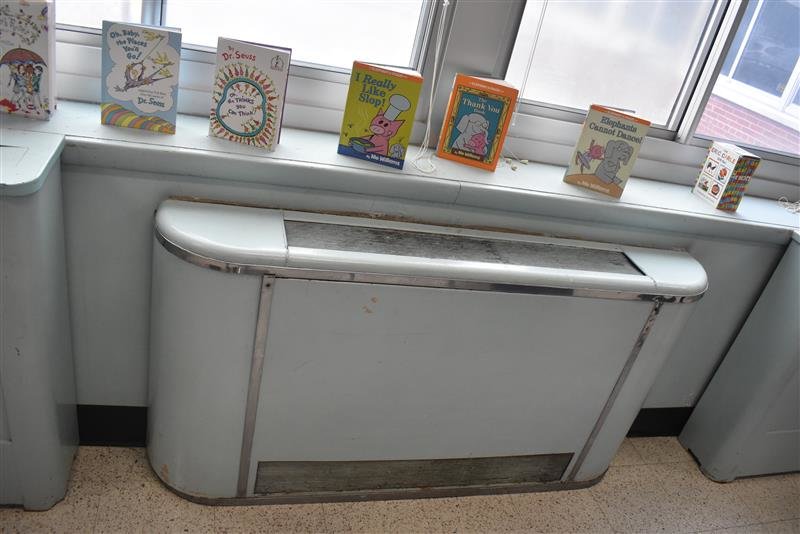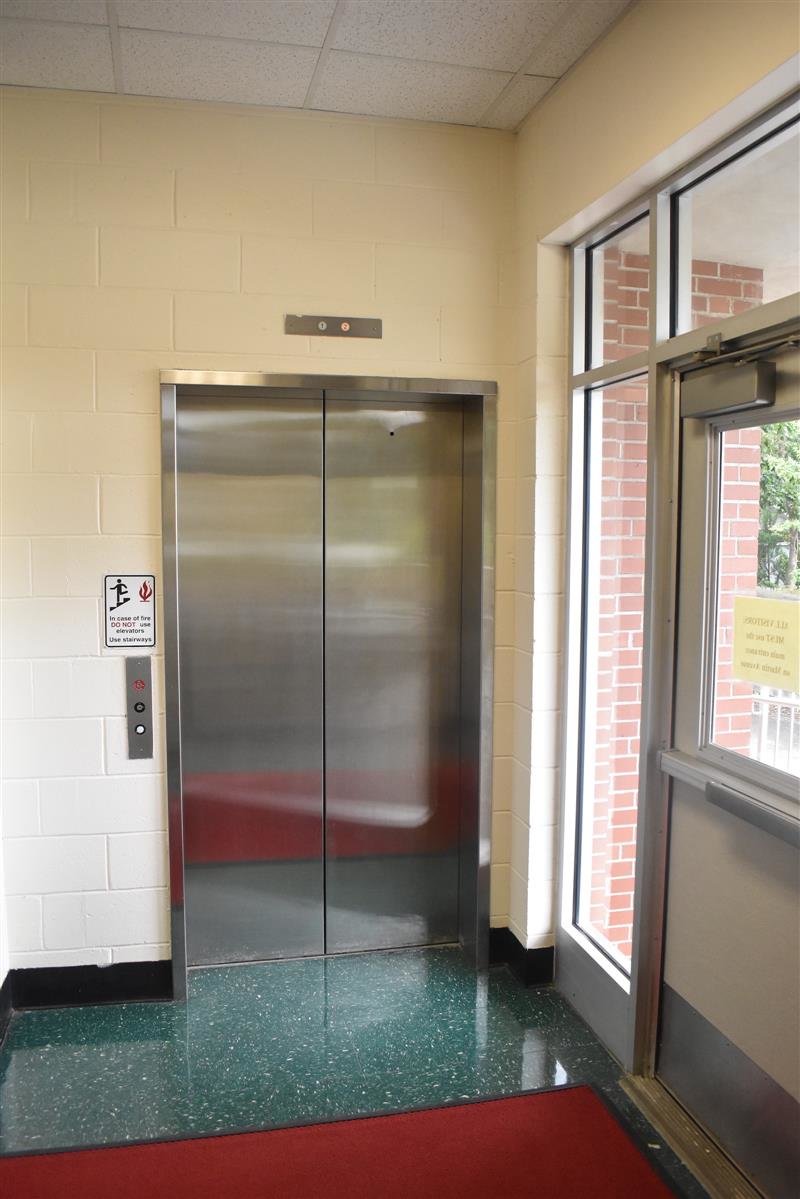Bond vote set for school renovations
North Bellmore School District taxpayers are one week away from a special vote in which they will decide the fate of a bond that could bring extensive renovations to each of the district’s six school buildings.
The district, which serves preschoolers through sixth-graders in North Bellmore and a portion of North Merrick, undertook a mandatory survey of buildings conditions in 2020. The findings were submitted to the state in early 2021.
The John G. Dinkelmeyer, Martin Avenue, Newbridge Road, Park Avenue and Saw Mill Road elementary schools have kindergarten through sixth-grade classes. Jacob Gunther is leased to Wee Friends Too nursery school, and houses some district offices.
The review uncovered a handful of issues to be addressed, including needed overhauls of every building’s HVAC system. The lack of elevators in five of the schools and other, smaller projects, were also included in the survey’s findings.
In October, the district Board of Education adopted a bond resolution, totaling just over $39 million, to cover the cost of the renovations. Ahead of the vote, Superintendent Marie Testa and Jacqueline Rehak, assistant superintendent for business, told the Herald what taxpayers should keep in mind before they vote on the bond on Dec. 8.
What’s really on the ballot?
Testa said the district passed a bond in 2010 that funded renovations mostly at Newbridge Road School, the oldest facility. There were smaller projects at other schools across the district, including new flooring, ceiling and masonry work.
A bond that included HVAC renovations had failed to pass in 2008, she added.
“Since probably around 2005, the surveys have been showing that the community has got to address these HVAC systems,” Testa said. “I think a misnomer is that people think it’s just for air.
“It’s not,” she went on. “It’s heating, ventilation, fresh air — it improves circulation.”
The district understands that it’s a lot of money, Testa said, but if this bond fails, it is preparing for the repercussions. During the next building conditions survey, the roof of every building will be inspected, and if there are issues, overhauling the HVAC systems and repairing the roofs will be very expensive.
The HVAC work accounts for nearly $34 million of the current bond. “If (it) passes, that would be terrific, because there’s work to be done, because we’ve lost 14 years of time,” Testa said. “If it doesn’t pass, we’ll have to figure out other ways to fund it, which is very difficult at a cost near $40 million.”
She added that the quality of North Bellmore’s schools reflects the overall community. “We’re just trying to really go out and make sure that we reach all the residents and all of the families so that they understand that the neighborhood is only as good as the schools are,” she said. “If the schools aren’t kept up, it mirrors the neighborhood.”
Paying off the bond
Rehak explained how the district would borrow the money if the bond passes. With the overall total as large as it is, not all of the money would be taken out at once.
“It’s a bond sale, and different lenders will bid on it,” Rehak said. “And then, based on the rates, you have a winner of the bid, and that’s who you end up getting the loan with.
“It’ll be done not all at once,” she added. “It happens in a series, depending on how much you need at one time.”
Contractors will also bid on the work to be completed. Several of them can be employed for the renovations — it’s largely dependent on resource availability and how many schools they can work on at the same time.
The bond will be paid back over 15 years.
There are just over 21,000 voters in the district, who pay between 93 and 94 percent of the annual tax levy, due to the lack of businesses. The impact of this bond on taxpayers would vary greatly, depending on a home’s assessed value. Some could end up paying over $400 more a year if it passes.
The district has a sample impact calculator on its website, but it does not take tax exemptions into consideration.
And it’s important to remember, Rehak added, that the 2010 bond is still being paid off. “We do have another bond on our books that we’re paying principal and interest on,” she said. “We’ll finish paying that off, and it will be done in 2029. When that principal and interest goes away, the tax impact will be less, because we’ll have less debt service.”
Testa said that the community has been receptive to the information the district is providing, and that residents understand the importance of the projects.
“I’m just wondering about the cost of it,” she said. “Some may feel it’s very expensive, and they can’t afford it.”
To view all presentations and mailers about the upcoming vote in either English or Spanish, go to NorthBellmoreSchools.org.

 39.0°,
Fair
39.0°,
Fair 







